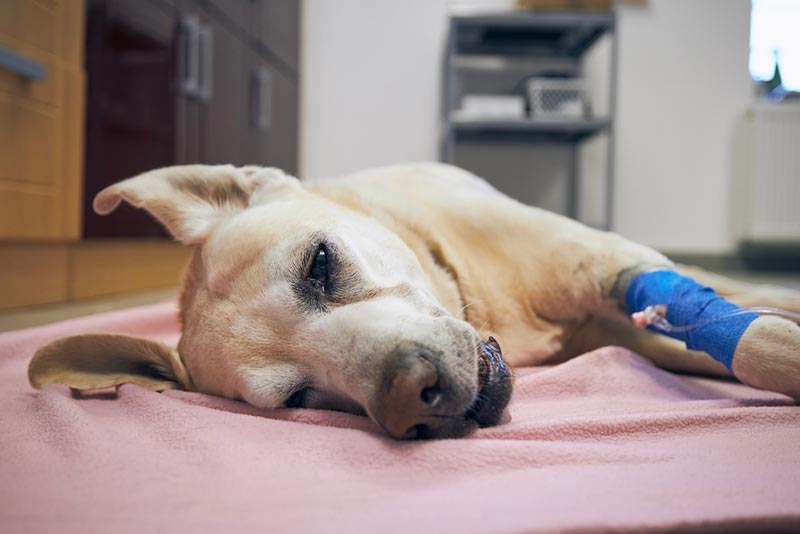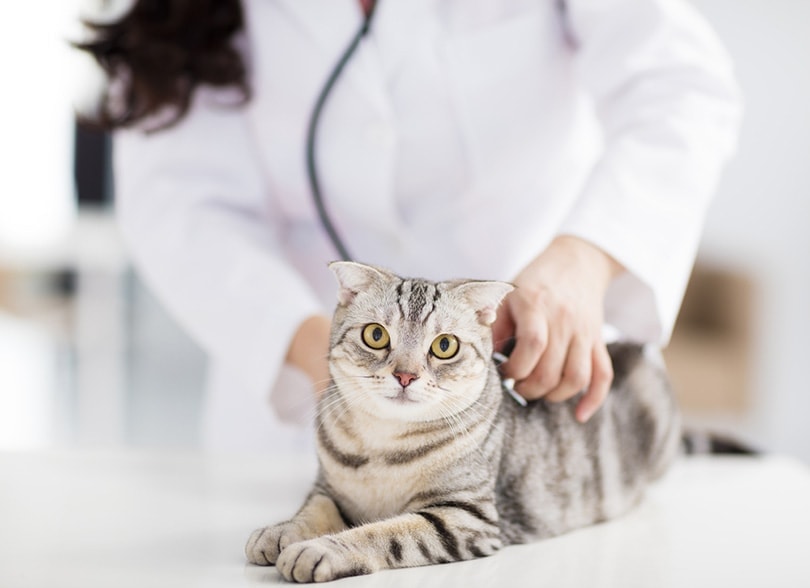25 Warning Signs Your Cat Is Crying Out for Help: Vet Approved Tips & Advice
Updated on
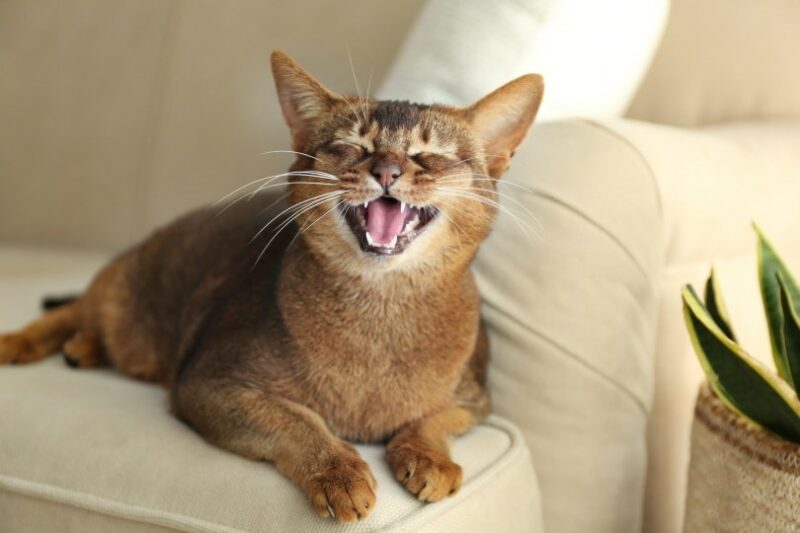
We must preface this article by saying don’t panic or assume the worst. Many of the signs we will discuss are non-diagnostic and don’t confirm a specific condition. Please don’t rely on Google, either. The best course of action is to consult your vet if you notice anything odd. However, that begs the question. What is unusual behavior for a cat? What are the signs that they are crying out for help?
Our feline companions have a way of keeping us guessing about what is going on in their brains. Many things triggering these signs are benign. Cats have their off days, too. A strange noise might have scared her, causing her to do something out of the ordinary. However, a cat’s strange behavior could be something more serious, meaning you need to take her in to see the vet.
The 25 Warning Signs Your Cat Is Crying Out for Help
1. Hiding
Cats love to hide, with boxes on their list of favorite places. Even a square or rectangular shape can suffice. However, there is a distinct difference between hiding somewhere to take an undisturbed snooze and deliberately distancing themselves from the household members. Sometimes, an unusual spot is a tip-off that something is wrong, especially if your kitty misses mealtimes.
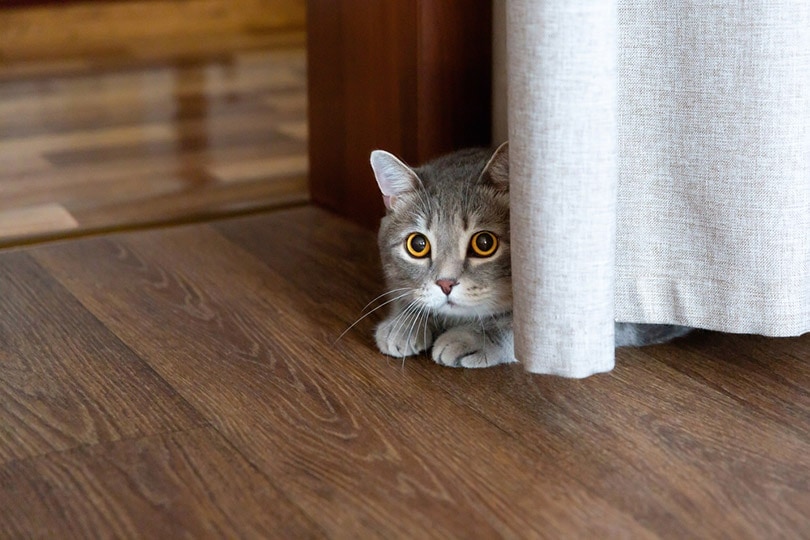
2. Loss of Appetite
A loss of appetite often raises a red flag, particularly if your cat is forgoing a favorite food or treat. Remember that your pet may pass on it if she is already sated. That can occur if you free-feed your kitty. Missing one meal is not always a concern. If it continues, then it’s time to schedule an appointment with your vet.
3. Abrupt Increase in Appetite
An abrupt increase in appetite can be equally worrisome. Hyperthyroidism can cause your pet to consume more than she usually does.1 That’s especially true if your cat isn’t gaining weight despite the sudden interest in eating. Other signs often accompany it. Your cat may look sick. She may also vomit or have GI distress. Bloodwork will reveal high thyroid hormone (T4) levels—a surefire sign.
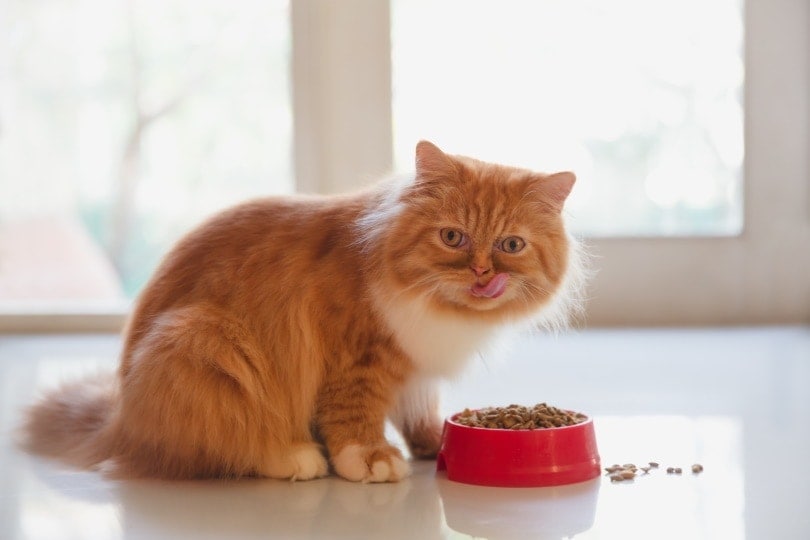
4. Loss of Coat Condition
Cats are fastidious groomers for themselves and other felines. Your pet probably licks you to mark you as their property. A kitty not taking care of herself is a sign of trouble. The animal might be distracted because of pain. An underlying condition, like a nutrient deficiency or skin disorder, can cause skin issues to develop.
5. Increased Thirst
Cats typically don’t drink a lot of water. Their food meets their moisture needs, particularly if you give your pet canned food. However, a sudden spike in drinking might be a telltale sign of diabetes.2 Consuming more water is her body’s way of diluting the glucose concentration in her blood. Other indicators include appetite changes, weight loss, and inappropriate elimination.
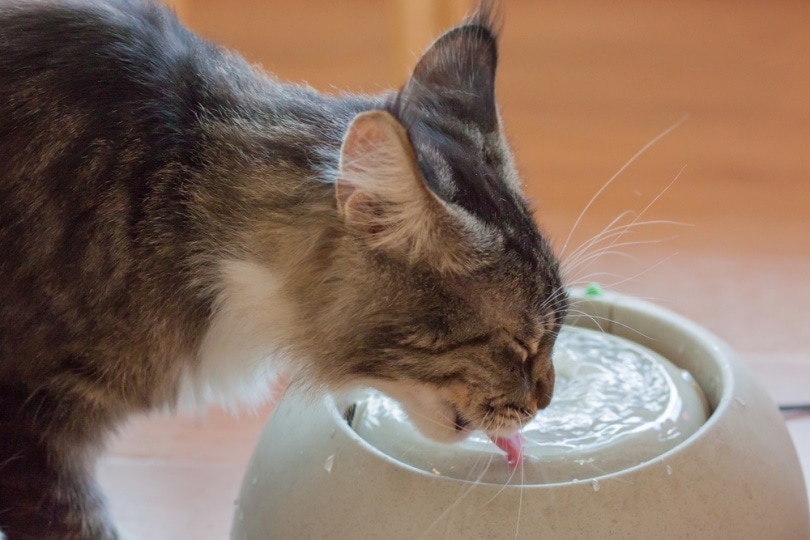
6. Unusual Discharge From the Nose or Eyes
Your cat’s eyes may tear up if something like a speck of dust irritates them, but an opaque discharge is another story. It can indicate an infection warranting a vet visit. The same advice applies to your pet’s ears, particularly if there’s an odor. Your kitty may paw her eyes or ears more than usual. She may also shake her head a lot. The difference between something minor and major is its frequency.
7. Inactivity
The activity of many cats decreases as they age. They sleep more and may be less playful. Other felines remain kittens their whole lives. The key to whether it is a warning sign is if it’s sudden or unusual for your pet. Your kitty isn’t unlike you when you get sick and you’d rather stay curled up in bed than work out or go to work. Remember that some pets are more active than others, so just pay close attention to any changes in routine.
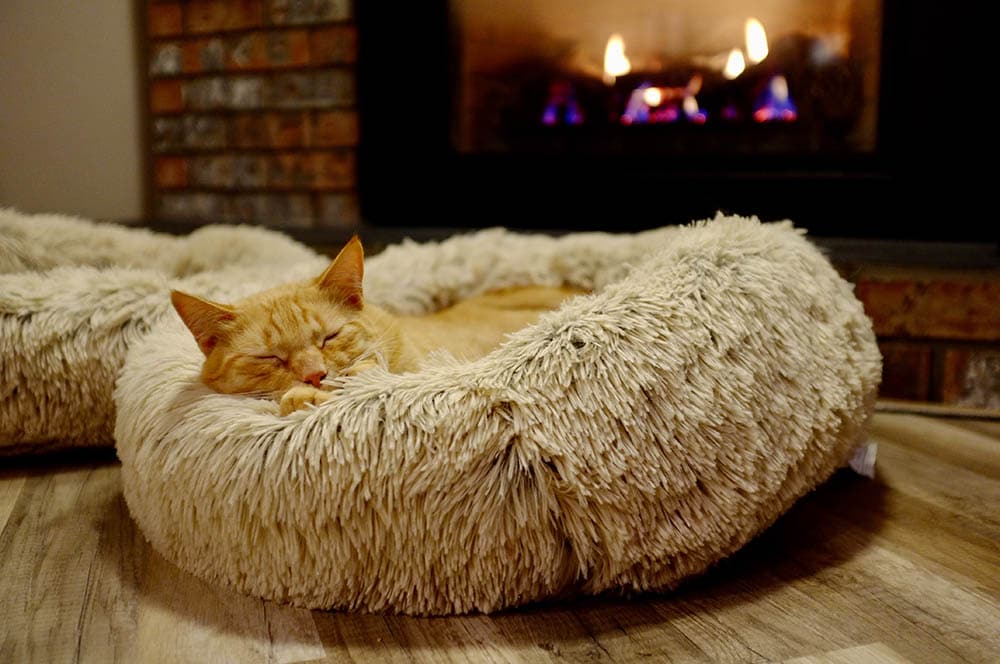
8. Respiratory Distress
The occasional sneeze or cough usually isn’t a cause for concern. A tickle in your pet’s throat may trigger this response. Signs that something more is going on include frequent sneezing or coughing, nasal discharge, rapid respiration, or labored breathing. Stress can cause some of them. However, it can also point toward a respiratory condition.
9. Swelling
Swelling is a non-descript sign that could point to many health issues. It could be an allergic reaction to an insect sting, but it can also denote the animal’s immune response to an injury. The worst-case scenario is a tumor. However, don’t jump to conclusions. Your vet must do bloodwork and other diagnostics to determine the cause. More often than not, it’s benign.
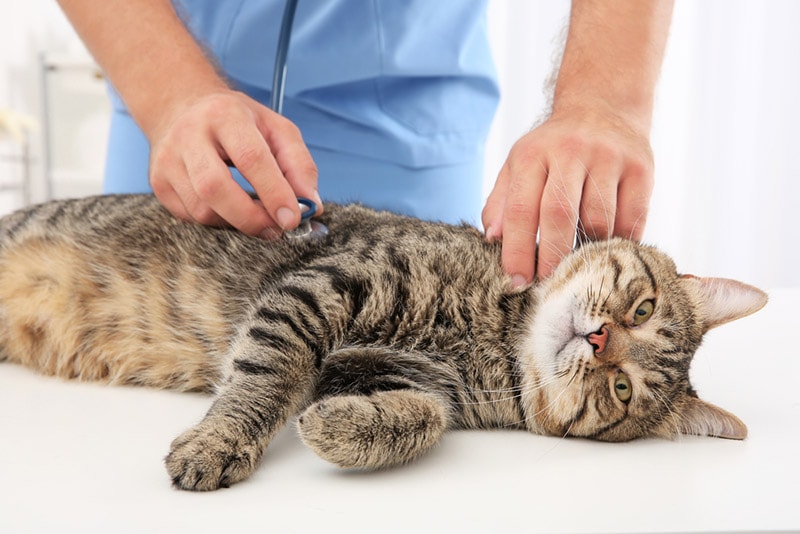
10. Straining While Urinating or Defecating
Straining is never a good sign, but it’s one that your cat can’t hide. Nevertheless, it is always worth further investigation. It can mean a urinary tract infection, such as a stone. It can also point toward impacted anal sacs or be an indicator of a gastrointestinal obstruction.3 A blockage could interfere with your pet’s elimination and is a medical emergency.
11. Changes in Litter Box Habits
Cats are creatures of habit. They like their routines and will let you know if you have upset the applecart. Changes in litter box habits could be something as harmless as your cat’s displeasure at your litter choice. New smells often trigger this behavior. It can also be a sign of the conditions we mentioned previously. However, felines don’t deviate from their routines without a reason.
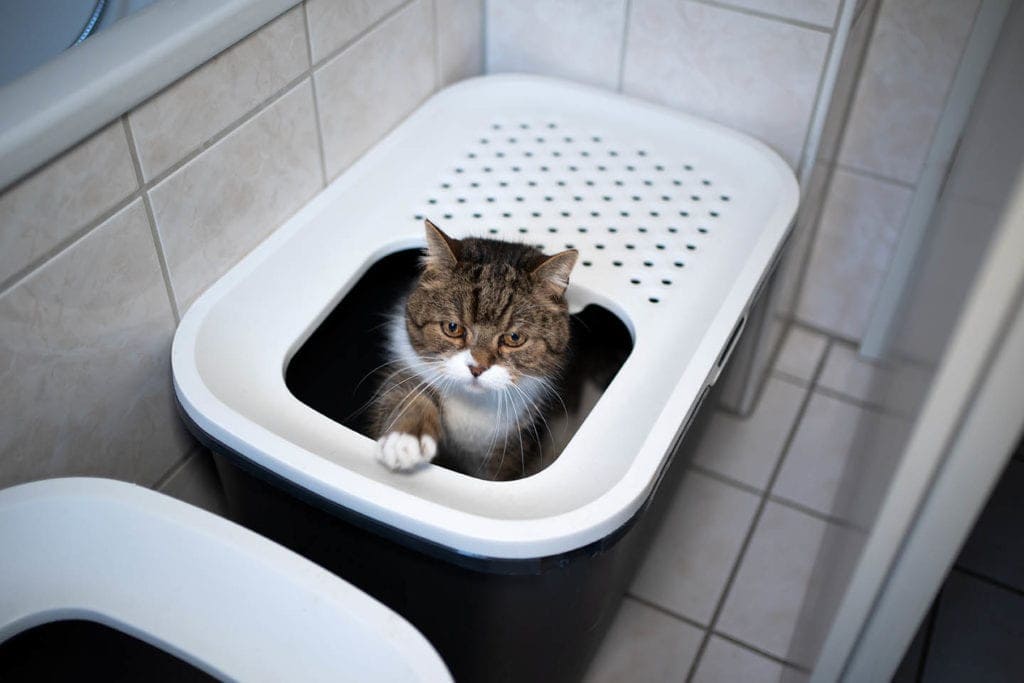
12. Nausea and Vomiting
Vomiting is sometimes a fact of life with cats. Something may disagree with them, or they need to expel a hairball. However, abdominal discomfort accompanied by frequent vomiting is a red flag. Of course, it’s non-diagnostic. Your vet can determine what’s wrong by knowing the other signs that point to a particular disorder.
13. Bad Breath
Bad breath is a telltale sign of dental disease. It can involve just the gums or include the bones and ligaments. It typically occurs with poor oral hygiene. Feeding your pet a commercial diet formulated for dental health or giving your cat dental treats can prevent its occurrence. Getting your kitty to the vet to begin a treatment regime before it becomes more serious is critical.
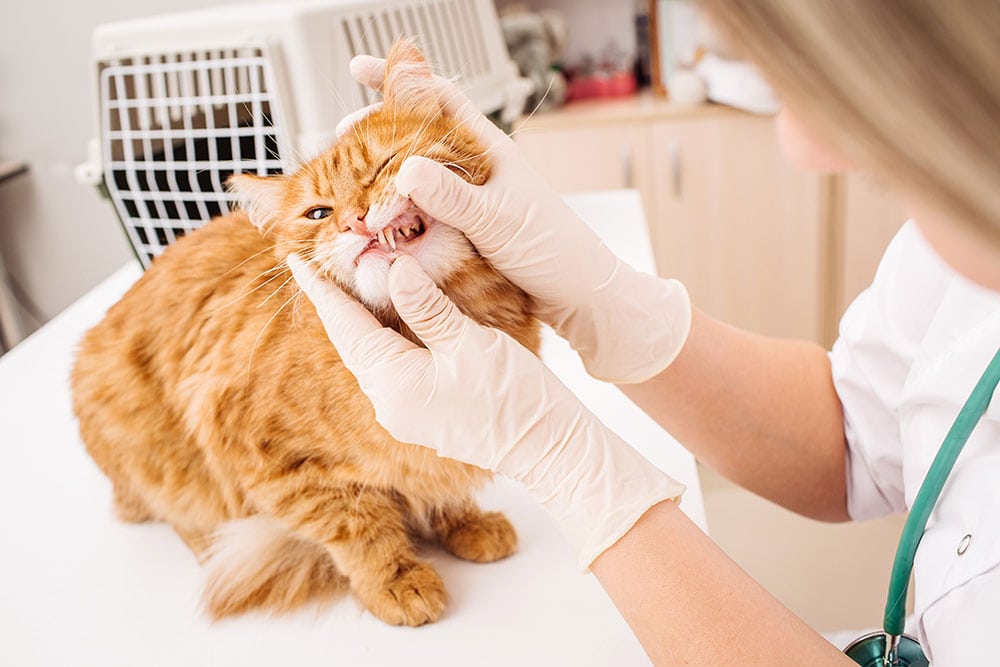
14. Frequent Head Shaking
Frequent head shaking is a common sign of an ear infection. Mites or bacterial infections can cause itching. Your cat may try anything she can to relieve it, even if it doesn’t have an impact. She may also do it to try to remove the foreign material in her ear canals. It’s frequently accompanied by scratching at her ears.
15. GI Distress
Every pet has occasional GI issues. They may have eaten something they shouldn’t have, or they may have had an adverse reaction to a new treat. Often, the cause is self-limiting and not a cause for concern. However, unresolved problems are a red flag. Dehydration is a significant complication. It is also a sign of various health conditions worth investigating.
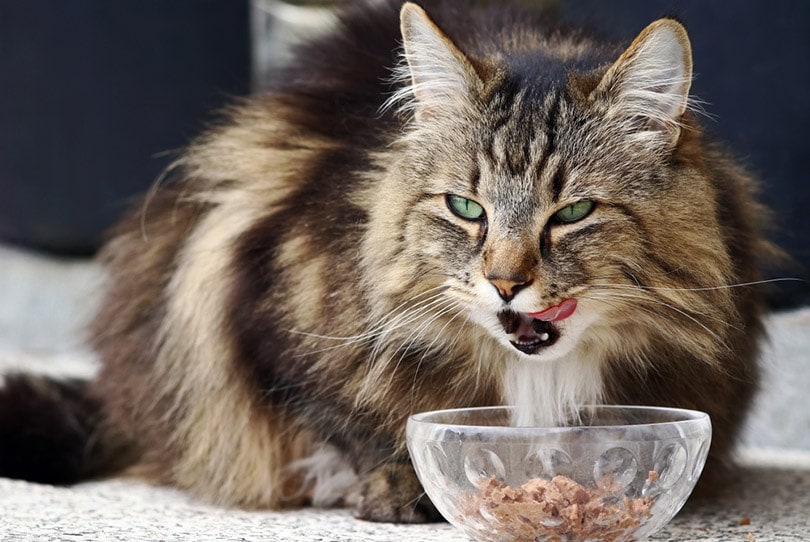
16. Loss of Coordination
A loss of coordination or ataxia is a definite warning sign. It doesn’t point to anything benign. A cat wouldn’t wobble while she walks without a reason. It can mean a myriad of conditions, from poisoning to arthritis to an inner ear infection. Many things can cause it, so your vet will likely do a battery of tests and blood work to determine what’s ailing your pet.
17. Sleeping All the Time
We often associate cats with sleeping. The average cat sleeps roughly 16 hours a day. They often coordinate their activity with your schedule. After all, felines like routines. You’re probably well-acquainted with your pet’s sleeping habits. If she seems like she is snoozing more than normal, it could be a sign of her body reacting to disease, infection, or an injury by devoting her energy to healing.
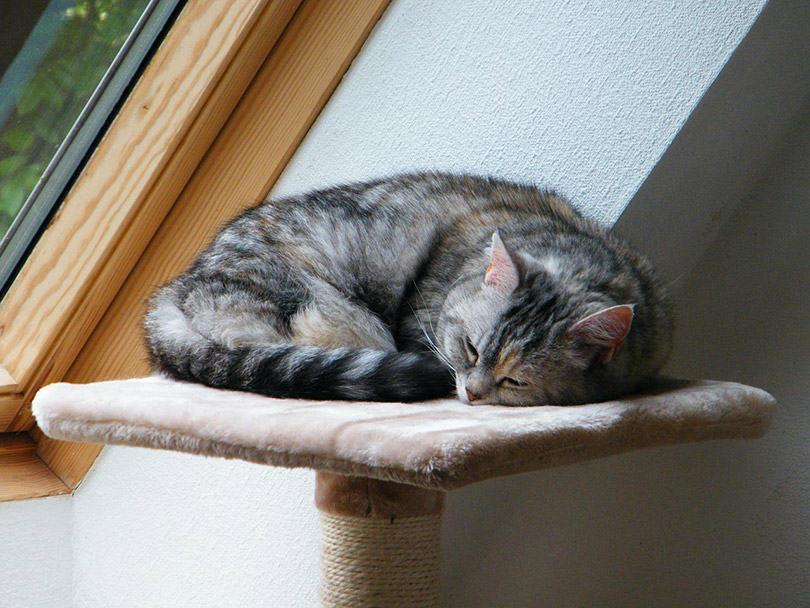
18. Abrupt Behavior Changes
We’ve discussed how cats like things to stay the same. However, the reverse is also true. A cat that changes her behavior abruptly is a cause for concern. There’s a reason for it that may not always be a good thing. A one-off experience isn’t an issue, but how long it lasts is the gauge from which to judge it.
19. Unexplained Aggression
Pets have their bad days for a plethora of reasons. Humans are hardly the ones to criticize this behavior. However, cats form attachments with their owners and sometimes prefer interactions with them over food. A kitty that becomes aggressive for no reason is a red flag, and something is likely very wrong. It’s often a sign of pain. We strongly urge you to get your cat to the vet ASAP.
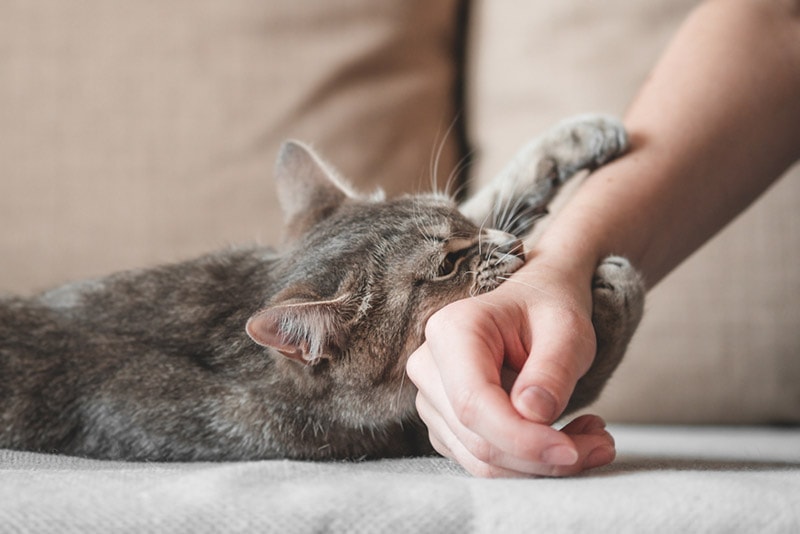
20. Constant Scratching
Scratching can mean several very different things. It could be an allergic reaction to fleas or another irritant. Hotspots caused by fleas are an extreme example. It’s a sign of a pet in extreme distress. You’ll often see other indicators, such as bare spots, redness, and swelling. It can also signify a food allergy, although it may seem an odd symptom.
21. Changes in Its Walk
Cats are stealthy creatures. They amaze us with how they maneuver without knocking down items on a table or shelf. Changes in how they walk can mean an injury. It can also be an early sign of arthritis in an older feline. Sprains may heal on their own; however, if your pet has serious issues with its gait, you should get it checked out by your vet.
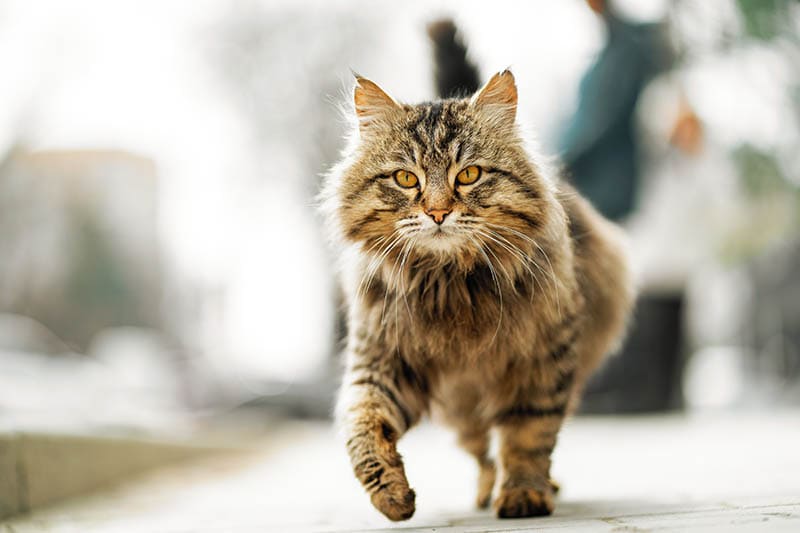
22. Yowling
Cats sometimes make the strangest noises during play. It’s all a part of the game. However, a pet yowling and in apparent distress is in pain. It is abnormal behavior for an animal that usually tries to hide any sign of weakness. You should get your cat to the vet ASAP. It’s worth mentioning that a cat in pain is liable to scratch or bite, so be careful handling her.
23. Overgrooming Itself
What may seem like grooming may be a cat tending to a sore or injury. It could be a hotspot, as we have discussed, or it could be an allergic reaction to something she ate. Nonetheless, it’s worth a look to see what has brought on this behavior. That’s particularly true if you notice any hair loss, redness, or swelling where she’s overgrooming.
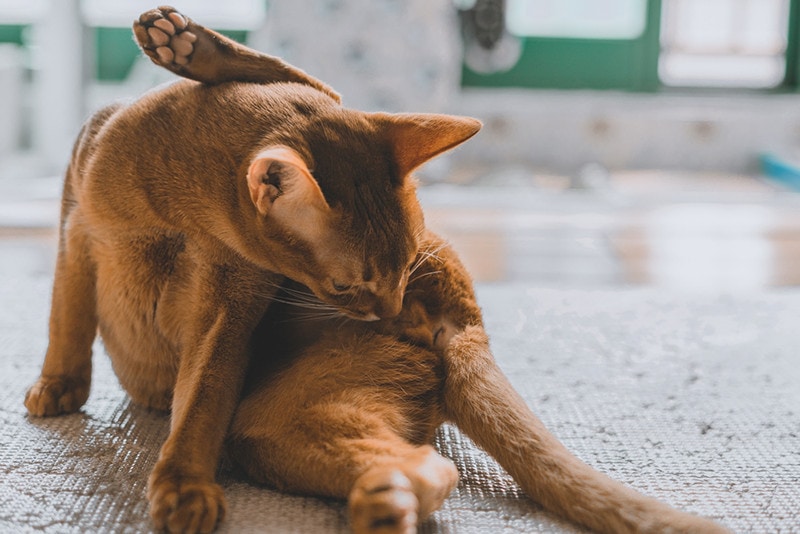
24. Weight Changes
Sudden weight changes are unsettling no matter which way the scale goes. Losing weight is often a precursor to a chronic illness. However, it can also mean your cat doesn’t like her food if you’ve recently made a diet change. Putting on a few pounds is equally problematic because of the negative health impacts of obesity. Either way, your kitty needs your attention.
25. Failure to Engage
Sometimes, your cat may not feel like playing or engaging. But it’s time to act if you notice an abrupt change in her behavior. Felines withdraw and hide when they don’t feel good. They are instinctively aware of their vulnerability and try to protect themselves by conserving energy. Take note of any other unusual signs and make an appointment with your vet.

Tips for Keeping Your Cat Healthy and Content
Domestication has played a significant role in the evolution of feline behavior. Animals that are often nocturnal adjust their activity to match the household’s schedule. Cats learn their names and even express affection by slowly blinking at us. These behaviors tell us that our pets form emotional bonds with us. Our responsibility is to return the attention with daily interaction.
Cats are intelligent animals. They need mental stimulation to stay healthy and have a good quality of life. Interacting with your pet satisfies this need. We also suggest interactive toys to keep your kitty mentally fit.
Paying attention to your pet’s behavior is an excellent way to ensure your kitty stays healthy. Cats are masters of disguise when it comes to hiding illnesses or injuries. It’s instinctive. You may do it yourself sometimes. Nevertheless, you are responsible for your pet’s well-being as the caretaker. Remember that the chances are something has been going on for a while by the time you notice it.
Conclusion
Cats haven’t been our companions nearly as long as dogs. Perhaps that explains the wild side of their behavior and the secrecy behind hiding their vulnerabilities. However, felines like their routines and usually don’t deviate from them without a reason. These warning signs may be nothing serious. Nonetheless, it’s vital to monitor your pet’s behavior because of the importance of early detection.
Featured Image Credit: New Africa, Shutterstock



